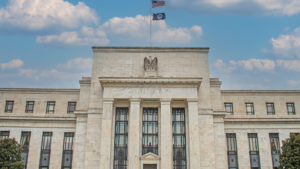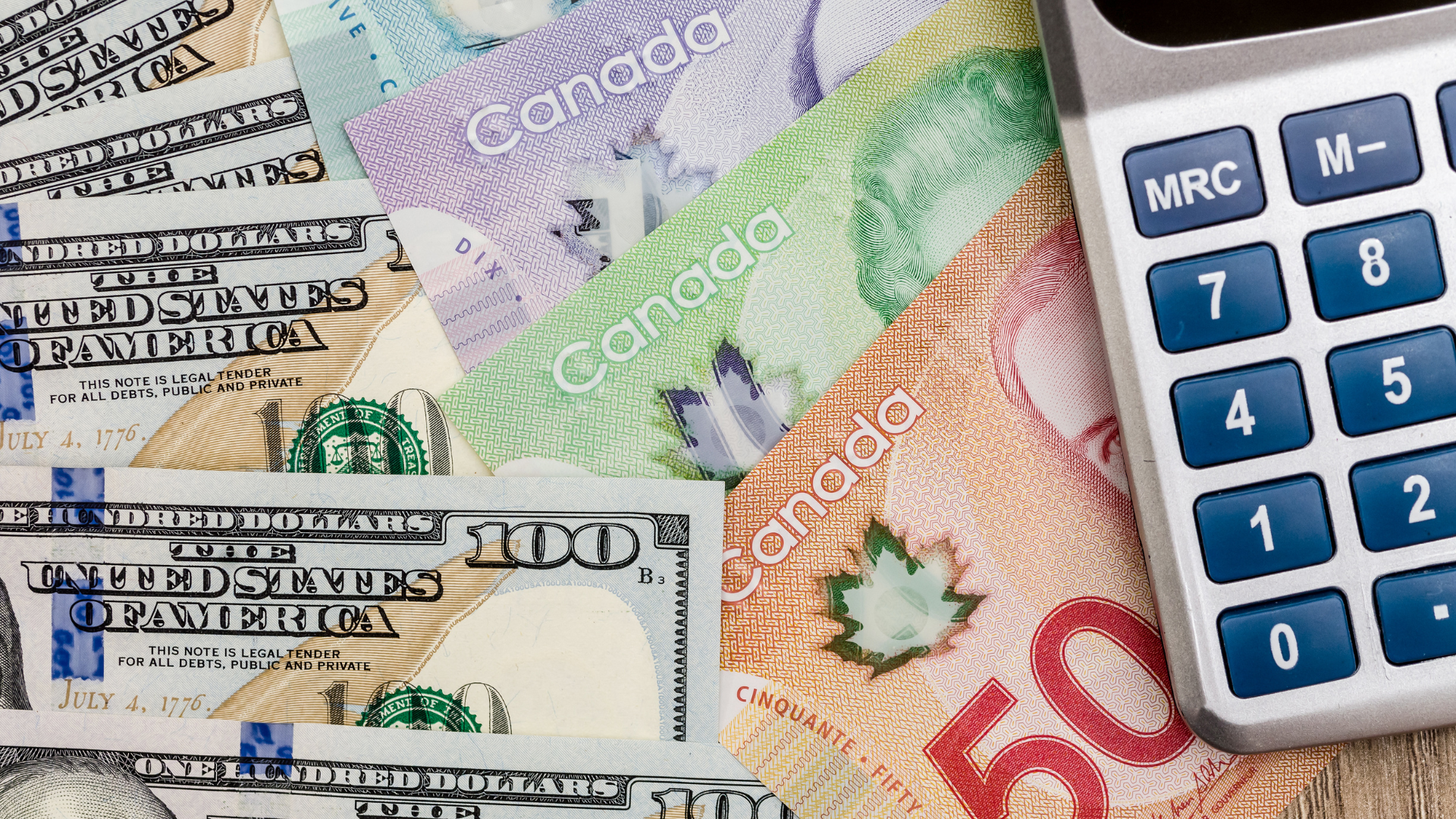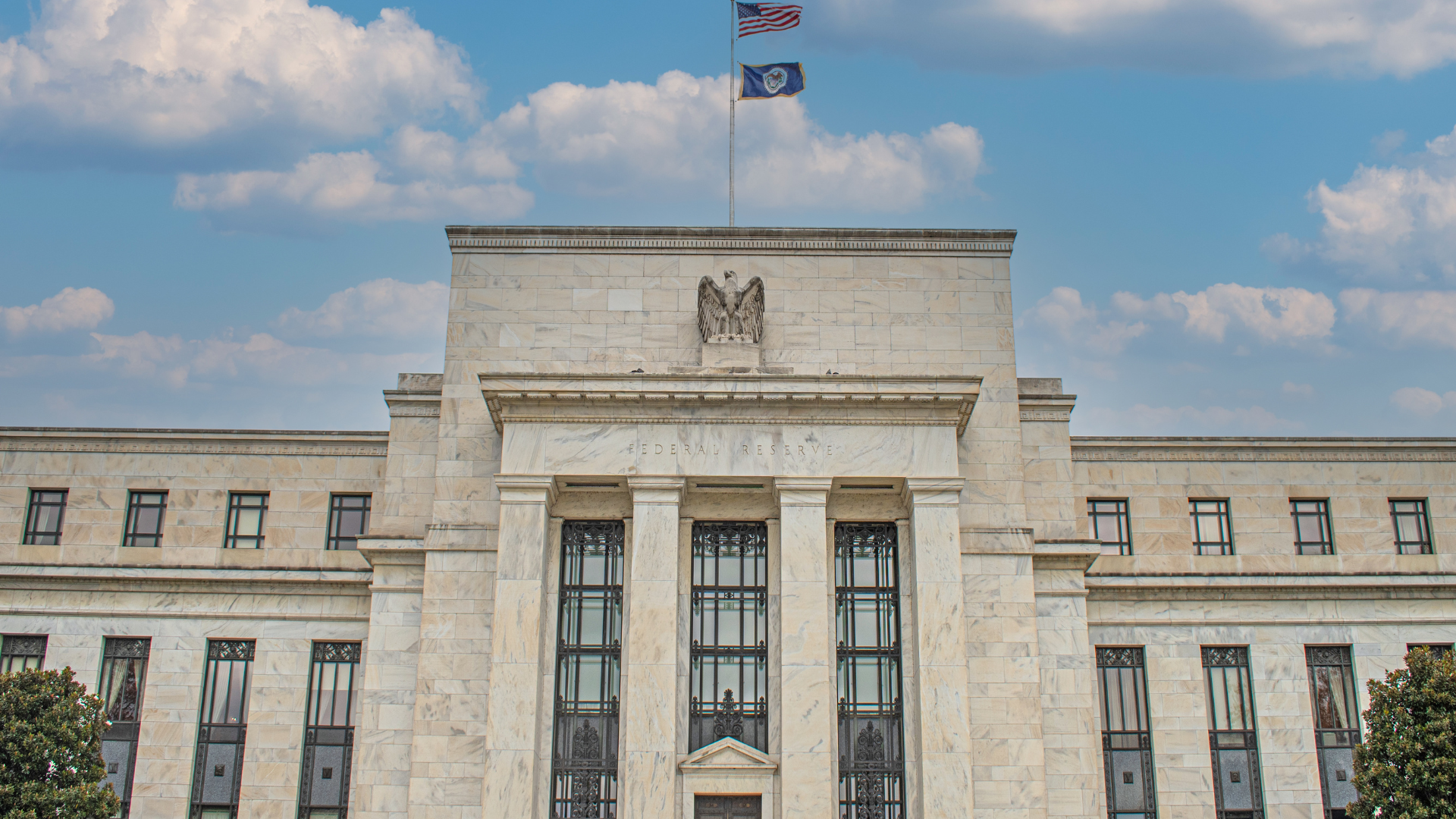UK inflation is expected to dip below 2% in September, fueling speculation that the Bank of England (BoE) could be considering another interest-rate cut. With inflation cooling, the central bank may have more flexibility to adjust its monetary policy to address the UK’s sluggish economic growth.
As inflation nears the BoE’s target of 2%, the likelihood of a rate cut grows stronger. The bank has been trying to strike a balance between curbing inflation and avoiding an economic downturn. A drop in CPI below 2% would suggest that inflationary pressures are easing, potentially allowing the BoE to focus more on stimulating the economy.
“The lower inflation figures provide the BoE with more leeway to reduce rates, which is becoming more likely as the UK economy faces mounting challenges,” said [quote from an economist]. Market participants are increasingly factoring in the possibility of further rate cuts as economic indicators continue to show weak consumer spending and a decline in business investment.
The prospect of a rate cut is already influencing the foreign exchange markets, causing fluctuations in the British pound. A lower interest rate could weaken the pound against major currencies such as the US dollar and euro, as investors tend to shy away from currencies with lower yields.
As the BoE’s next policy meeting nears, investors are closely monitoring the bank’s statements regarding inflation and economic growth. Any indication of a dovish stance could lead to further expectations of rate cuts in the coming months.
At this point, much attention is on the upcoming CPI data and the BoE’s reaction. Many expect the bank to prioritize economic stimulus over inflation management in the near term, and a continued decline in inflation could support further monetary easing to help boost the UK’s struggling economy.






















